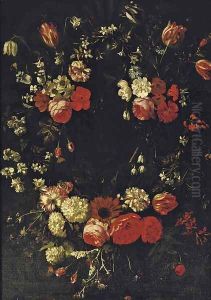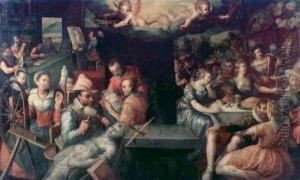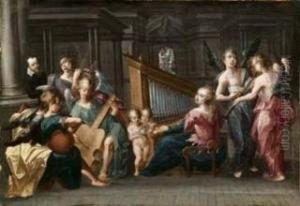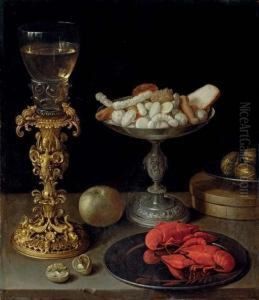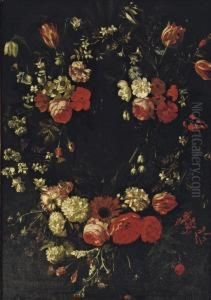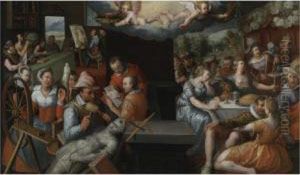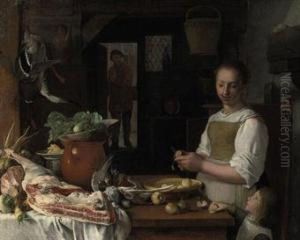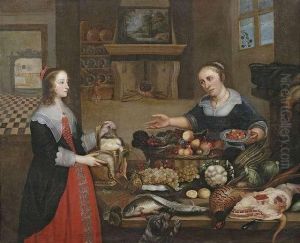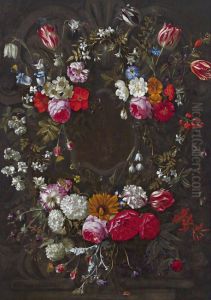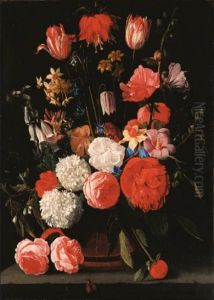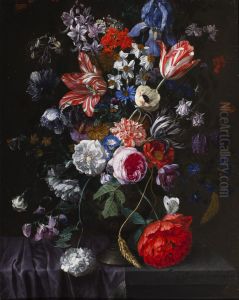Bartholomeus Van Winghen Paintings
Bartholomeus van der Helst, born in 1619, was a prominent Dutch portrait painter. While Bartholomeus van der Helst's work and life are well-documented, there appears to be some confusion with Bartholomeus Van Winghen as no significant historical records establish the latter as a notable artist from the same period. It is possible that Bartholomeus Van Winghen is a lesser-known or incorrectly referenced artist, and the confusion might stem from the similarity in names. Therefore, the biography provided here will focus on Bartholomeus van der Helst.
Bartholomeus van der Helst was one of the leading portraitists in Amsterdam during the Dutch Golden Age, particularly in the mid-17th century. His exact place of birth is not known, but it is believed he was born in Haarlem or Amsterdam. Van der Helst moved to Amsterdam, where he married and established his career. His style was greatly influenced by the work of Nicolaes Eliaszoon Pickenoy. Van der Helst quickly gained a reputation for his ability to capture the refinement and opulence of his sitters, often depicting them with a smooth and rich handling of oil paint that emphasized their wealth and status.
His most famous work is 'The Banquet of the Amsterdam Civic Guard in Celebration of the Peace of Munster' from 1648, which is considered one of the masterpieces of Dutch Golden Age painting. This monumental work showcases Van der Helst's skill in group portraiture, rendering each figure with individual attention while maintaining a coherent and dynamic composition. His ability to depict various textures, including the intricate lace and satin fabrics, was highly admired. Van der Helst's portraits were known for their elegance and a certain calm grandeur, setting him apart from his contemporaries.
Despite his success, little is known about Van der Helst's life and training. He became a respected member of the Amsterdam painters' guild and enjoyed the patronage of the city's elite. Over time, his work fell under the shadow of his more famous contemporary, Rembrandt van Rijn. However, in the 18th and 19th centuries, Van der Helst's portraits were more highly regarded than those by Rembrandt. It was only later that critical opinion shifted in favor of Rembrandt's more dramatic and expressive style.
Bartholomeus van der Helst died in 1670 in Amsterdam. His influence continued to be felt through the works of his students and the lasting impact of his contributions to Dutch portraiture. Today, his paintings can be found in major museums around the world, and he is celebrated for his technical expertise and his unique ability to capture the wealth and confidence of his era.
